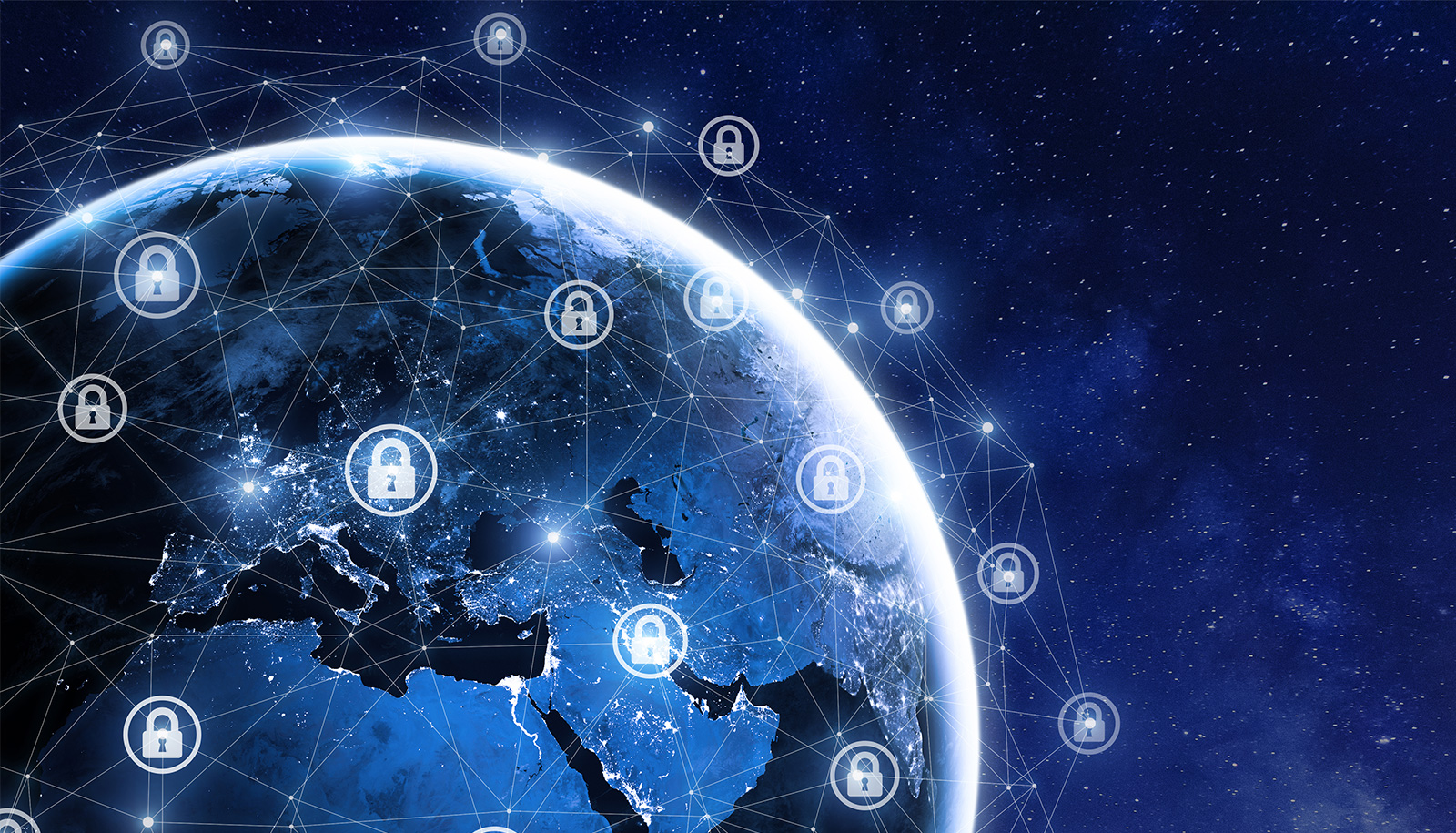Cybersecurity has always been a crucial aspect of the digital world. With the advancement in technology, its importance has become even more pronounced. Cyber threats evolve and adapt just as quickly as the technology designed to combat them.
As we venture further into 2024, it's essential to stay informed about the emerging trends in cybersecurity.
TREND 1: INCREASE IN RANSOMWARE ATTACKS
The frequency and intensity of ransomware attacks have experienced a significant upswing in recent years. As the name suggests, ransomware is a type of malicious software that encrypts a victim's data, rendering it inaccessible until a ransom is paid to the attackers.
Interestingly, this form of cyber attack has evolved from primarily targeting individuals to focusing more on large organizations (like the insurance sector) that possess sensitive data and the financial capacity to pay hefty ransoms.
This shift in focus is largely due to the potential for higher returns. Cybercriminals recognize the value of the data held by these organizations and understand that these entities are often more willing to pay the demanded ransom to prevent prolonged business disruption.
Ransomware attacks have also started to hit supply chains, causing widespread damage that extends beyond a single entity. This method increases the pressure on victims to pay the ransom and allows attackers to multiply their potential earnings from a single attack.
TREND 2: CYBERSECURITY AND REMOTE WORK
The global COVID-19 pandemic has instigated a massive shift towards remote work, profoundly altering the corporate landscape. This transition, while enabling business continuity amid lockdowns, has also ushered in a new set of cybersecurity challenges.
One of the primary risks associated with remote work is the potential security gaps in home networks. Employees working from home often connect to company resources through unsecured connections, increasing the risk of cyber-attacks. Additionally, the ongoing use of weak, recycled, or insecure passwords and login credentials represents another significant threat to remote workforces.
Remote work also expands the attack surfaces that cybercriminals can exploit. With employees accessing sensitive data from various locations and devices, companies are faced with the challenge of securing a much broader digital perimeter.
Furthermore, the remote workforce has seen a surge in the so-called "insider threat." This term refers to the risks posed by employees who unintentionally cause security incidents due to a lack of awareness about safe online practices.
To mitigate these risks, companies are investing heavily in securing their remote workforce. Stricter security protocols, including secure VPNs, multi-factor authentication, and robust password policies, are being implemented. Moreover, organizations are providing cybersecurity training to their employees to equip them with the knowledge to identify and avoid potential threats.
TREND 3: AI AND MACHINE LEARNING IN CYBERSECURITY
Artificial Intelligence (AI) and Machine Learning (ML), two pivotal technologies in the modern digital landscape, are progressively reshaping the field of cybersecurity. These sophisticated technologies are enabling security systems to detect and respond to threats with a speed and accuracy that far surpass traditional methods.
AI and ML algorithms can analyze vast amounts of data in real-time, identifying patterns and anomalies that could indicate a cyber threat. This capability allows for proactive threat detection, often identifying potential issues before they become serious problems. AI-based systems can also automate responses to certain types of threats, freeing up valuable time for cybersecurity professionals to focus on more complex issues.
Simultaneously, it's crucial to recognize that these technologies aren't without their risks. Cybercriminals can potentially leverage AI and ML to orchestrate more sophisticated and hard-to-detect attacks. For instance, they could use ML algorithms to find vulnerabilities in a system or use AI to create more convincing phishing emails.
TREND 4: INCREASED REGULATIONS AND COMPLIANCE
The global landscape of cybersecurity regulations has witnessed a significant upsurge. Governments worldwide are enacting stringent laws designed to safeguard consumer data and enforce accountability upon companies in the event of security breaches.
These regulations range from the General Data Protection Regulation (GDPR) in Europe, which sets forth strict data protection guidelines, to the California Consumer Privacy Act (CCPA) in the United States, which provides consumers with extensive rights regarding their personal information.
Compliance with these regulations isn’t merely about circumventing hefty fines or penalties. It plays a pivotal role in maintaining customer trust, which can be severely damaged if data breaches occur. Plus, it helps protect a company's reputation, which can be negatively impacted by non-compliance or security incidents.
TREND 5: THE GROWING IMPORTANCE OF ZERO-TRUST ARCHITECTURES
Zero-trust architectures are gaining substantial traction in the cybersecurity landscape. This innovative model is built on the fundamental principle of "never trust, always verify." Unlike conventional security models that assume everything inside an organization's network is safe, the zero trust approach treats every user, system, and device as potentially risky, irrespective of their location within or outside the network.
This shift in perspective has proven to be a game-changer in cybersecurity. It eliminates the notion of a trusted internal network versus an untrusted external one, thereby reducing the attack surface. Plus, it requires continuous validation of users and devices for every access attempt, which significantly mitigates the risk of unauthorized access.
The implementation of a zero-trust architecture can dramatically bolster a company's security posture. It offers granular control over network access, allowing organizations to enforce strict user permissions and minimize the likelihood of a data breach. In addition to improved security, this model also provides greater visibility into network activities, facilitating timely threat detection and response.
As we move further into 2024, these trends will continue to shape the cybersecurity landscape. Staying informed about these trends is crucial for businesses and individuals alike to protect themselves from emerging threats. Investing in cybersecurity measures today can save a lot of trouble down the line.
Want to help your customers get the best insurance options? Get in touch with SimplyIOA today.










